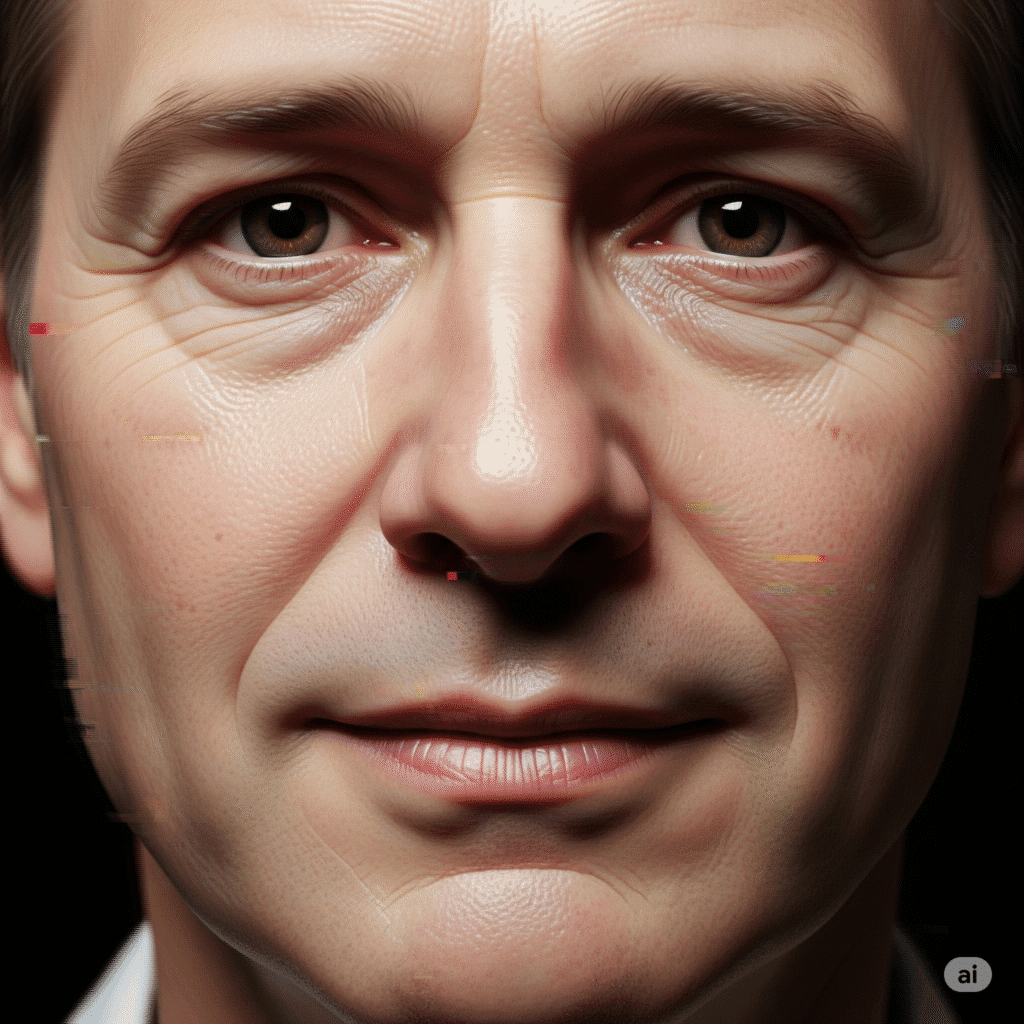Address
Arusha Njiro
Work Hours
80 Hours A week
Address
Arusha Njiro
Work Hours
80 Hours A week


You’re scrolling through your social media feed and see a shocking video: a famous CEO announcing a disastrous policy, or a political figure saying something completely out of character. For a moment, you believe it. But then, a nagging feeling kicks in—is this real? In 2025, with deepfake technology becoming alarmingly accessible, learning to question and analyze video content isn’t just a neat trick; it’s a fundamental skill for navigating the modern world.
This guide will teach you the key signs to look for, turning you into a more discerning and critical viewer of digital media.
The 5-Second Deepfake Check
If you’re short on time, quickly check for these five common flaws. The presence of even one is a major red flag.
- Eyes and Blinking: Look for unnatural staring, a lack of blinking, or, conversely, excessive, fluttery blinking.
- Facial Features and Edges: Notice if the skin is unnaturally smooth or if the edges of the face (hairline, jaw) look blurry or jittery against the background.
- Lip Sync: Watch closely to see if the words being spoken are perfectly synchronized with the movement of the lips.
- Unnatural Head and Body Position: Observe if the head’s angle or lighting seems inconsistent with the body and the environment.
- Emotional Mismatch: Trust your gut. Does the person’s facial expression genuinely match the emotion of their words?
A “deepfake” is a video or audio clip that has been manipulated using artificial intelligence (specifically, deep learning) to replace a person’s likeness or voice with someone else’s. While it can be used for harmless satire, the technology is a powerful weapon for creating convincing misinformation, scams, and personal attacks.
The threat is growing exponentially. A July 2025 report from the Cyber-Forensics Alliance estimates that the creation of malicious deepfakes has increased by 900% since 2023. Scammers are using deepfakes to impersonate bosses in video calls to authorize fraudulent wire transfers, political actors are using them to create fake scandals, and criminals are using them to create non-consensual explicit content.
Learning to identify them is your first and most powerful line of defense against this new wave of digital deception.
Here is a detailed breakdown of the five key telltale signs.
The eyes are often called the “window to the soul,” and for AI, they are one of the hardest things to get right.
[Image: A side-by-side comparison. Left side shows a real eye with a natural reflection of a window. Right side shows a deepfaked eye that is glassy and has no reflection.]
AI often struggles with seamlessly blending the fake face onto the source video.
Creating perfect synchronization between manufactured audio and video is extremely difficult.
This happens when the deepfaked face doesn’t quite align with the underlying body and environment.
[GIF: A short clip highlighting the lighting on a person's face being different from the lighting on their shoulder and the wall behind them.]
This is a more subjective but powerful human check. We are wired to read facial cues for emotion.
While these manual checks are your best immediate tool, also remember the importance of provenance. Before you believe a shocking video, ask yourself:
For high-stakes situations, tools from companies like Intel and Microsoft are emerging to detect deepfakes, but for everyday use, critical thinking is paramount.
The technology behind deepfakes will only get better, and these telltale signs may become harder to spot over time. However, the one tool that will never become obsolete is your own critical judgment.
Always approach sensational online content with a healthy dose of skepticism. By training yourself to look for the details, question the source, and trust your gut, you can protect yourself from the growing threat of digital deception.
Have you ever seen a video you suspected was a deepfake? Share what tipped you off in the comments below!
Now that you can spot fake videos, learn about another way your data is being used. Read our guide on How to Protect Your Personal Data from AI Scraping.